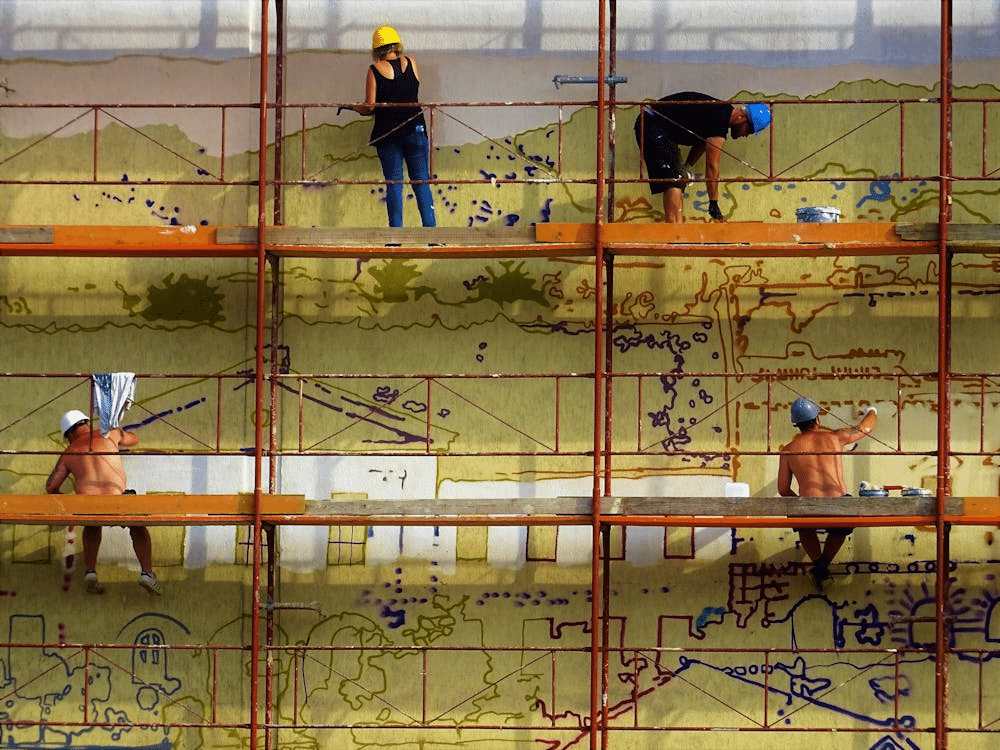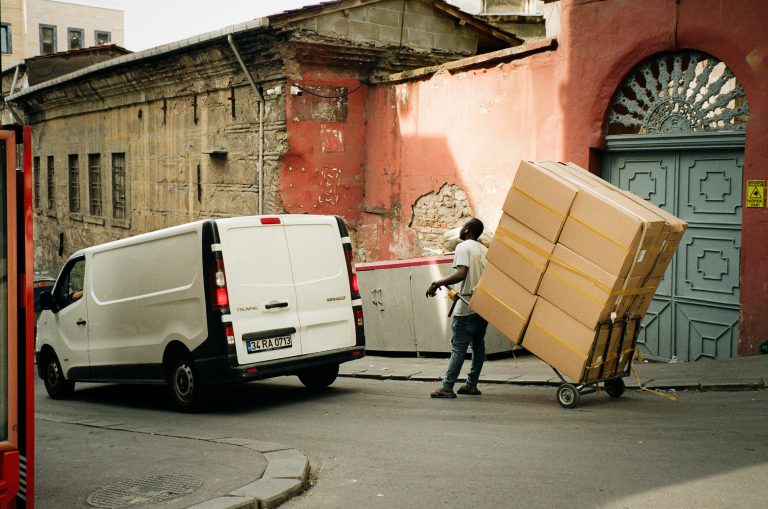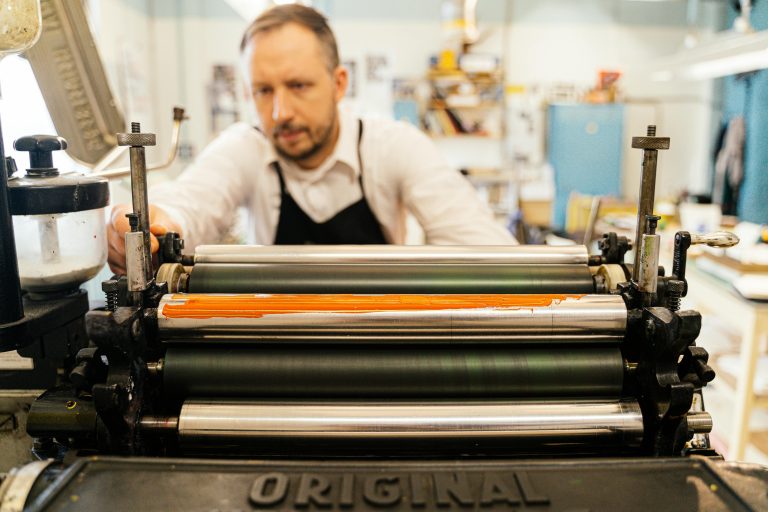Next time you pass by a construction site, take a second to really notice what’s going on. There’s the sound of drills, workers calling out instructions, and layers of metal platforms wrapping around half-built walls. Those frames aren’t just there for support, but they’re what make it possible for people to build safely and reach every corner of a project. That setup is called commercial scaffolding, and it quietly holds everything together long before the final structure ever stands tall.
Take away that structure, and most of the buildings shaping our city skylines would be impossible to complete safely. Scaffolding gives workers the grip, height, and confidence to turn architects’ plans into something real – from glass towers to shopping centres and everything in between.
The Structure Behind Every Structure
Before a single wall goes up, scaffolding teams are already at work – measuring, assembling, and checking every joint. For companies like A-Fix Scaffolding in Aylesbury, that early stage is where safety and precision start blending together.
Each project tells its own story. A shopping centre in Milton Keynes once needed tiered scaffolding that could handle both the heavy weight of materials and strong gusts of wind. A heritage school renovation in Oxford called for specially designed frames to protect fragile roofing. Different projects, different problems – but one constant remains: every build depends on safety done right.
It’s All in the Details
Scaffolding might look simple from the street, but up close, it’s a network of calculations. Every clamp, every joint, and every platform has a purpose. A misplaced piece can throw off the entire balance.
That’s why training and experience matter. Workers go through commercial scaffolding programs that teach not just how to build but how to think ahead – spotting weak points before they become risks. According to the Health and Safety Executive, falls from height remain the leading cause of fatalities in construction across the UK. It’s a stark reminder that every plank secured correctly can be the difference between a safe shift and a serious accident.
Teamwork That Holds Everything Up
Scaffolding sites run on rhythm. Someone steadies a pole, another tightens a clamp, someone calls out a quick direction over the clang of tools. It’s teamwork in motion and unspoken communication that keeps everyone moving in sync.
A long-time site manager once explained it best: “Good scaffolders don’t need to say much. They just know what’s next.” That level of understanding comes from time, trust, and shared experience. When a crew works that smoothly, the job doesn’t just move faster but it feels safer, too.
When the Work Gets Creative
Not all scaffolding jobs are the same. Putting up platforms around a modern glass building is one thing; working on a heritage site is another. Older buildings demand creativity. Take the restoration of London’s St. Paul’s Cathedral – engineers had to design curved scaffolding to hug the dome perfectly without stressing the old stone. That kind of craftsmanship is part engineering, part artistry.
It’s proof that even in a field built on structure, there’s still room for innovation.
The Work That Disappears
When a building finally opens and people start walking through the doors, the scaffolding is long gone – taken apart, packed up, and probably already helping on another site. Most passers-by won’t think twice about it. But that network of metal was what made everything possible in the first place.
Every pole and platform once carried the footsteps, tools, and hard work of people who spent days making sure the structure was safe. It’s the kind of effort no one really sees, yet it quietly shapes every skyline we admire.









